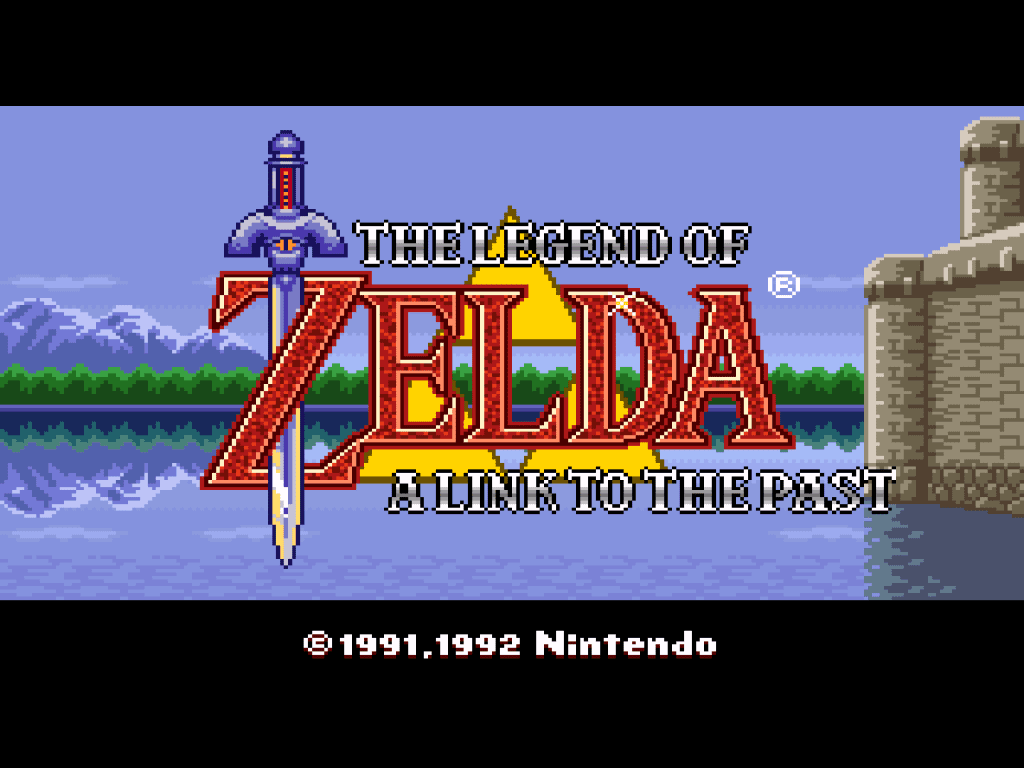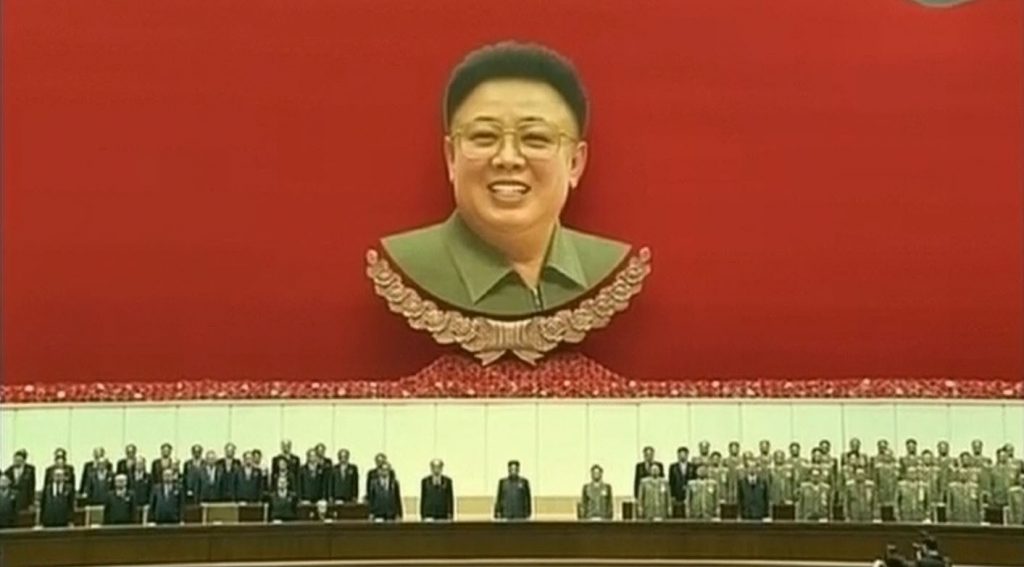Dictatorial propaganda in the statuary of The Legend of Zelda: A Link to the Past
(ie., Zelda – for short).
The Stone Statuary:
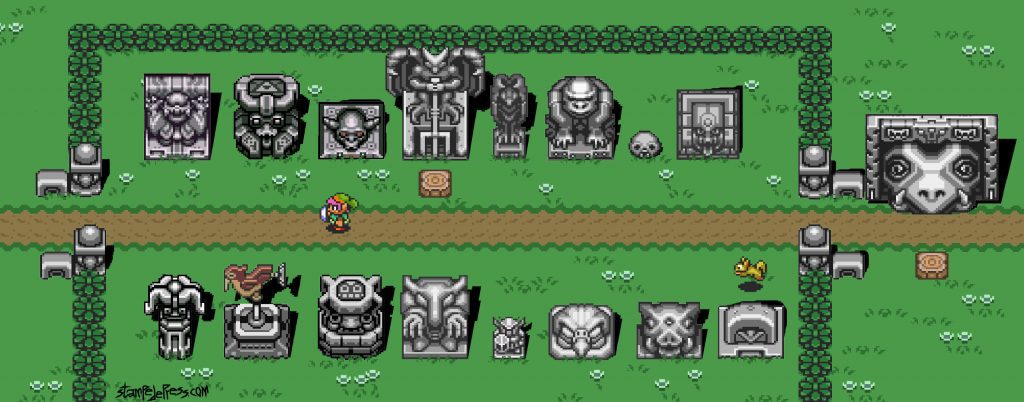
Top Row: Wizard Tyrant, Moai 1, Horned Demon, Winged Demon, Thin Winged Demon, Ape, Skull, Square Face, Turtle Rock; Bottom Row: Jelly Fish, Wind Cock, Moai 2, Cthulhu, Warrior, Horus, Warthog Head, Grave Stone
The Polychrome Statuary:
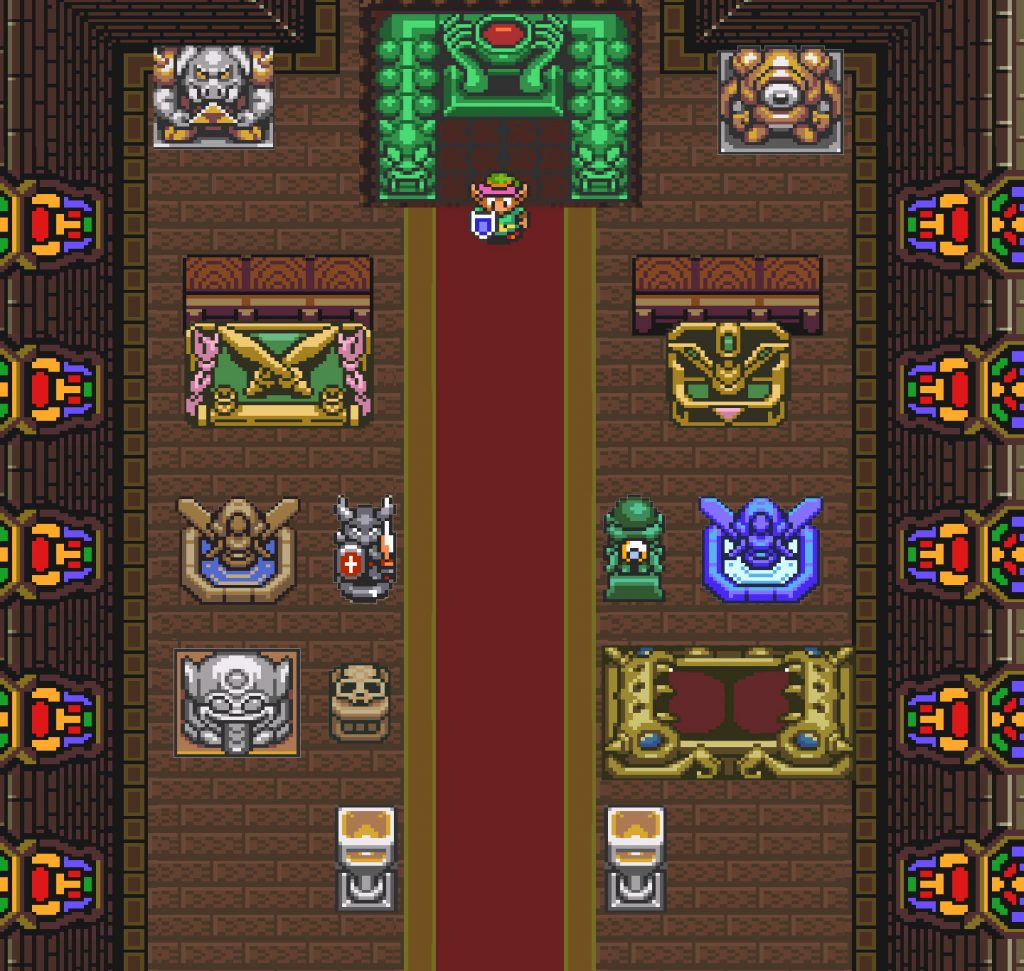
Row 1: Warthog Warrior, Oni Alter of Blood, Eyegore; Row 2: Alter 2, Alter 3; Row 3: Wooden Fairy, Polychrome Warrior, Beamos, Ice Fairy; Row 4: Third Eye Tongue Man, Wooden Skull, Bogeyman Bed
Zelda is a 1991 Super Nintendo Entertainment System (snes) game directed by Shigeru Miyamoto of Nintendo (FYI, Miyamoto is the creator of Mario). The game is certainly in the top 5 most famous snes games of all time with 4.61 million copies sold. The pixels of this game are not great. I have never been a fan of Miyamoto’s simplistic sprites. However, while playing the game one frequents many statues, and combined, the statuary in particular is worth discussing. The game also has notable pixel architecture which I hope to deal with in a subsequent post (part 2).
You are being Watched!
The game presents a hero to fight a tyrannical wizard, Agahnim. The Japanese pixel sculptors are consistent with this plot and bombard the player with a statuary that gives the impression of always being watched.
Viewer focus is always drawn to evil slanted eyes.
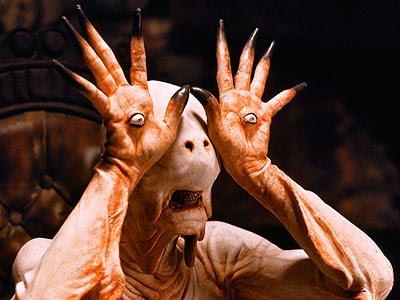 Aesthetically the statues are very consistent. Viewer focus is always drawn to evil slanted eyes. Lasers often shoot out the eyes and/or being seen by a statue’s eye can awaken the demon within who hunts you. The only benevolent statues feature fairies who have no eyes!
Aesthetically the statues are very consistent. Viewer focus is always drawn to evil slanted eyes. Lasers often shoot out the eyes and/or being seen by a statue’s eye can awaken the demon within who hunts you. The only benevolent statues feature fairies who have no eyes!
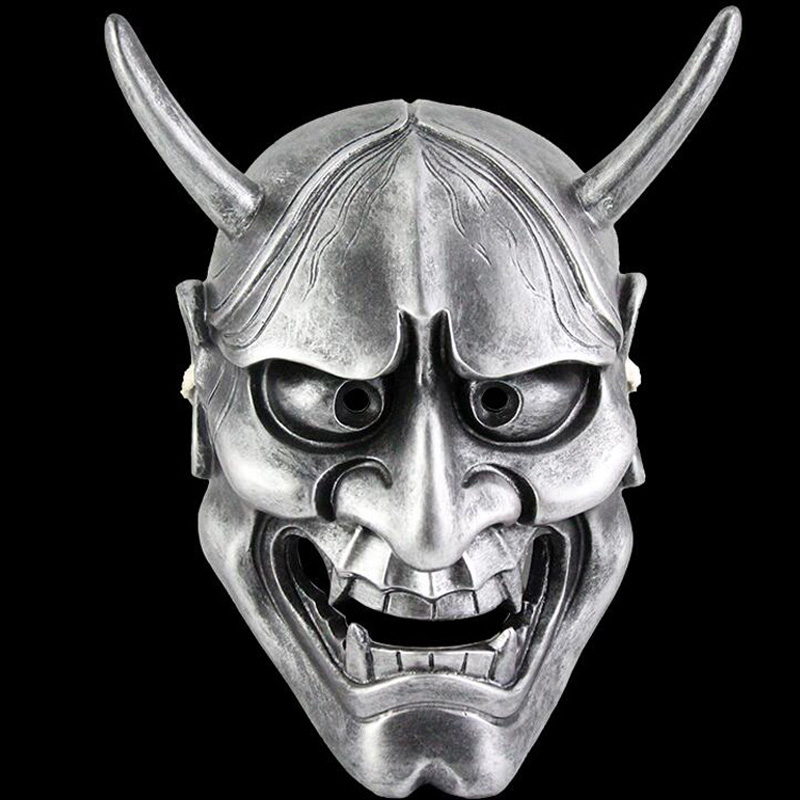 Facial expressions are obviously simple derivatives of Japanese Oni (Demons), always depicted with angry furrowed brows (See Gargoyles of Fig 1 and Green Alter in Fig 2). Horns crest heads with an arrow like – V, a subtle hint the demons are looking down on you. A particular demon is the Namahage (生剥), the Japanese Boogey man, who watches and punishes children. Obviously this spirit inhabits these statues and sleeps in his Boogey Man bed (Fig 2; Polychrome Statuary) bearing giant fangs that eat sleepers and/or consume children who refused to succumb to the Sandman’s eye sprinkles.
Facial expressions are obviously simple derivatives of Japanese Oni (Demons), always depicted with angry furrowed brows (See Gargoyles of Fig 1 and Green Alter in Fig 2). Horns crest heads with an arrow like – V, a subtle hint the demons are looking down on you. A particular demon is the Namahage (生剥), the Japanese Boogey man, who watches and punishes children. Obviously this spirit inhabits these statues and sleeps in his Boogey Man bed (Fig 2; Polychrome Statuary) bearing giant fangs that eat sleepers and/or consume children who refused to succumb to the Sandman’s eye sprinkles.
The inconsistencies are the Polynesian Moai and Egyptian animal head statues. It is unclear how these fit in with the overall Japanese Demon Tyrant Themes. While compelling pixel statues in and of themselves, they are out of place here.
Game credits list Soichiro Tomita and Takaya Imamura as “object designers”; and Masanao Arimoto and Tsuyoshi Watanabe as “back ground designers.” I suspect that the background designers Arimoto and Watanabe are responsible for the creation of the statuary.
Arimoto and Watanabe cleverly play on interior design of Asian dictators obsessed with making it known their serfs are watched. This is consistent with the game’s plot and significantly enhances the players experience.

